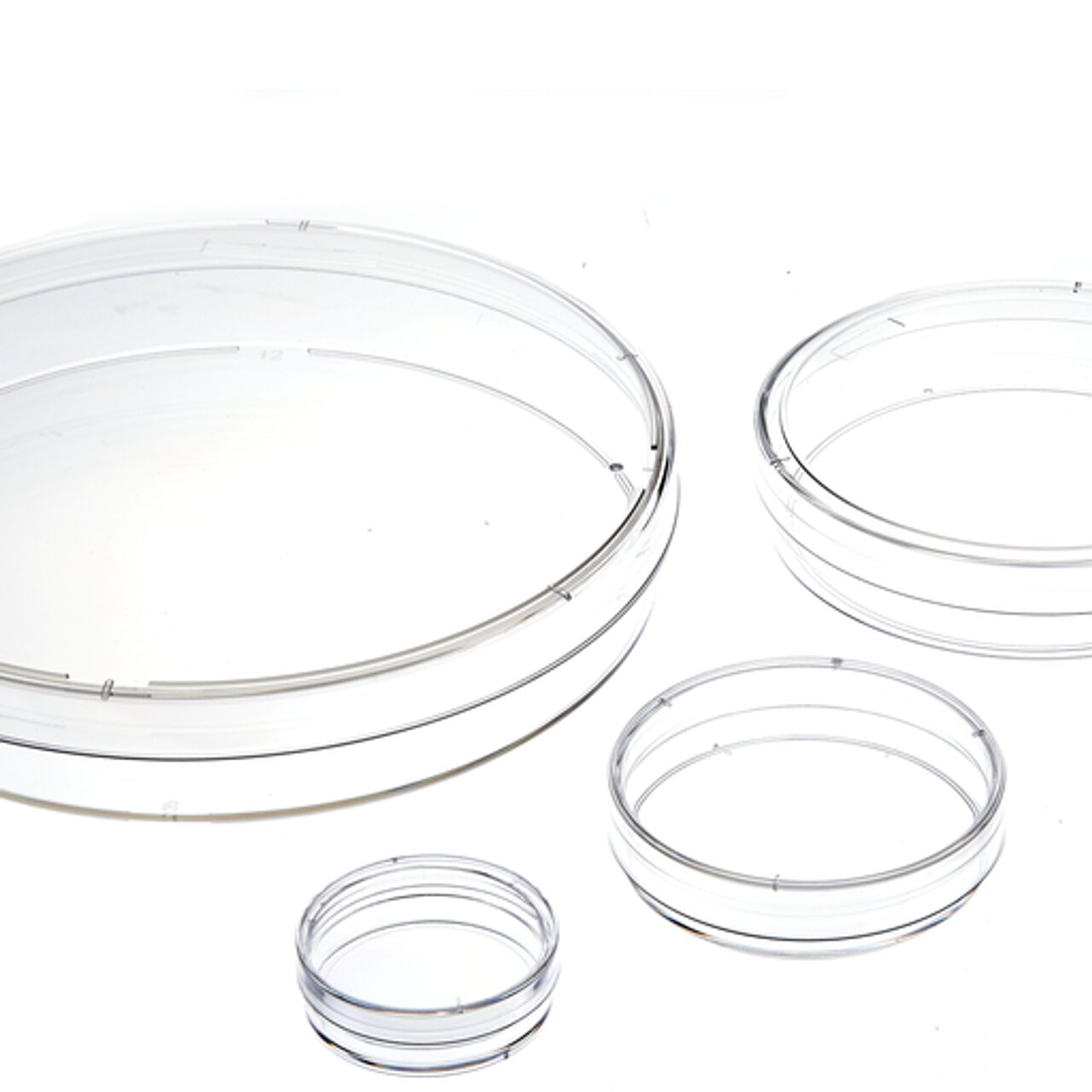In the realm of cell culture, the choice of the right tools and techniques can significantly impact the success of your experiments. One critical element in cell cultivation is the choice of culture dishes. For many applications, 35mm cell culture dishes are a popular choice. These dishes are versatile and come with their own set of best practices to ensure maximum cell growth and experimental success. In this post, we will delve into some essential tips and best practices to make the most out of your 35mm cell cultivation vessels.
Importance of Maximizing Cell Growth
Maximizing cellular propagation is a crucial aspect of cell culture research, especially when working with 35mm cell culture dishes. The success of any experiment or study heavily relies on obtaining high-quality and abundant cells for analysis. Therefore, understanding the importance of optimizing cellular propagation in these dishes is essential.
It allows researchers to obtain a sufficient number of cells for their experiments. Whether it’s studying cellular behavior, testing drug efficacy, or investigating disease mechanisms, having an ample supply of cells ensures accurate and reliable results. With optimal cell growth, researchers may be able to collect enough data to draw meaningful conclusions.
It also promotes uniformity and consistency within experiments. Cultivating healthy and robust cells in 35mm dishes minimizes experimental variability caused by variations in cellular density or viability. This consistency enables researchers to compare results across different samples or replicate experiments more effectively.
Efficient utilization of 35mm culture dishes can help reduce costs and save valuable resources. By optimizing conditions that promote rapid and steady cell proliferation, researchers can minimize the need for repeated passages or scaling up cultures into larger vessels.
Tips for Preparing and Handling 35mm Cell Culture Dishes
Proper preparation and handling of 35mm cell culture dishes are crucial for maximizing cellular propagation. Here are some important tips to keep in mind:
- Sterilization: Before using the dishes, ensure they are properly sterilized. This can be done by autoclaving or using a commercial sterilizing agent. Always handle the dishes with clean gloves or forceps to prevent contamination.
- Selection of Medium: Choose the appropriate cell culture medium based on your specific experiment requirements. It should provide all the necessary nutrients and factors required for optimal cell growth.
- Seeding Density: The seeding density plays a vital role in achieving maximum cellular propagation. Too low a density may result in slower proliferation, while too high a density can lead to overcrowding and limited nutrient availability.
- Proper Incubation Conditions: Maintain suitable temperature, humidity, and CO2 levels within the incubator to create an ideal environment for cells to grow and thrive.
- Gentle Handling: Handle the dishes with care during transfers or when adding/replacing media to avoid disturbing or damaging adherent cells.
Best Practices for Optimizing Cell Growth in 35mm Cell Culture Dishes
- Use the Right Medium: Choosing the appropriate cell cultivation medium is crucial for maximizing cellular propagation in 35mm dishes. Consider factors such as nutrient composition, pH levels, and serum supplementation to create an optimal environment for your cells.
- Maintain Proper Temperature and CO2 Levels: Cells are sensitive to changes in temperature and carbon dioxide (CO2) concentration. It is essential to maintain a stable temperature (usually around 37°C) and ensure sufficient CO2 levels (typically 5%) within the incubator to support optimal cellular propagation.
- Regularly Check pH Balance: Monitoring and adjusting the pH of your culture medium is vital for providing a suitable environment for cell proliferation. Keep track of pH levels using indicators or electronic sensors, ensuring they remain within the optimal range (around 7.4).
- Optimize Seeding Density: The number of cells initially seeded into a 35mm dish can significantly impact their subsequent growth rate and behavior. Determine the ideal seeding density based on your specific cell type to avoid overcrowding or sparse cultures that may hinder proper proliferation.
- Minimize Disturbances during Handling: Gentle handling techniques are important when working with 35mm culture dishes to prevent unnecessary disruptions that could affect cell adhesion or compromise viability.
- Regularly Assess Cellular Confluence: Monitoring cellular confluence – how much space cells occupy on the dish surface – helps determine when it’s time for subculturing or further experimentation.
Troubleshooting Common Issues in Cell Growth
When it comes to cell cultivation, several common issues can arise and hinder optimal cell growth. It’s important to identify these issues early on and take appropriate steps to address them. Here are some common problems you may encounter and potential solutions:
- Contamination: Contamination is a major concern in cell cultivation. Bacteria, fungi, or mycoplasma can infiltrate your cultures, leading to compromised results. To prevent this, maintain strict aseptic techniques during handling and regularly test for contaminants.
- pH Imbalance: The pH of the medium plays a crucial role in cellular propagation. If the pH is too high or too low, it can affect nutrient availability and waste removal. Regularly monitor the pH levels and adjust as necessary using appropriate buffering systems.
- Nutrient Depletion: Over time, the nutrients in the media can be consumed by growing cells, limiting their growth potential. Ensure regular feeding or media changes to provide fresh nutrients for sustained growth.
- Oxygenation Issues: Cells require oxygen for proper metabolism and energy production. Inadequate oxygen supply can lead to poor cell viability and reduced growth rates; ensure proper gas exchange by maintaining suitable flask closure methods or using specialized gas-permeable dishes.
- Cellular Aggregation: Sometimes cells tend to aggregate into clumps instead of growing evenly dispersed across the dish surface. This could result from overcrowding or improper seed density. Adjusting initial seeding densities accordingly will help promote single-cell dispersion.
Alternative Methods for Maximizing Cell Growth in 35mm Cell Culture Dishes
When it comes to maximizing cellular propagation in 35mm cell culture dishes, researchers can explore a few alternative methods. These methods offer potential solutions to common issues and can help optimize cell growth in these small-sized dishes.
One alternative method is the use of microcarriers. Microcarriers are small beads or particles coated with substrate materials to provide surface area for cells to attach and grow. By using microcarriers, researchers can increase the number of cells cultured within a limited space, thus maximizing cellular propagation.
Another alternative method is the use of three-dimensional (3D) cell cultivation techniques. Traditional two-dimensional (2D) culture methods may not fully mimic the complex environment found within tissues and organs. However, by utilizing 3D culture systems such as scaffold-based cultures or spheroids, researchers can create an environment more similar to native tissue structures, allowing for enhanced cellular propagation and function.
Perfusion systems can also be considered as an alternative method for maximizing cell growth in 35mm culture dishes. Perfusing nutrient-rich media through the dish continuously helps maintain optimal conditions for cellular propagation by providing fresh nutrients while removing waste products efficiently.
Summary
35mm cell culture dishes are valuable tools for cell cultivation work, providing a controlled environment for cellular propagation and experimentation. By following the tips and best practices outlined in this post, you can maximize cellular propagation, maintain the health of your cultures, and ensure the reliability of your experimental results. Whether you are a seasoned researcher or new to cell culture, these practices will help you achieve success in your cell culture endeavors. Always remember that careful attention to detail and adherence to best practices are the keys to fruitful cell culture work.




